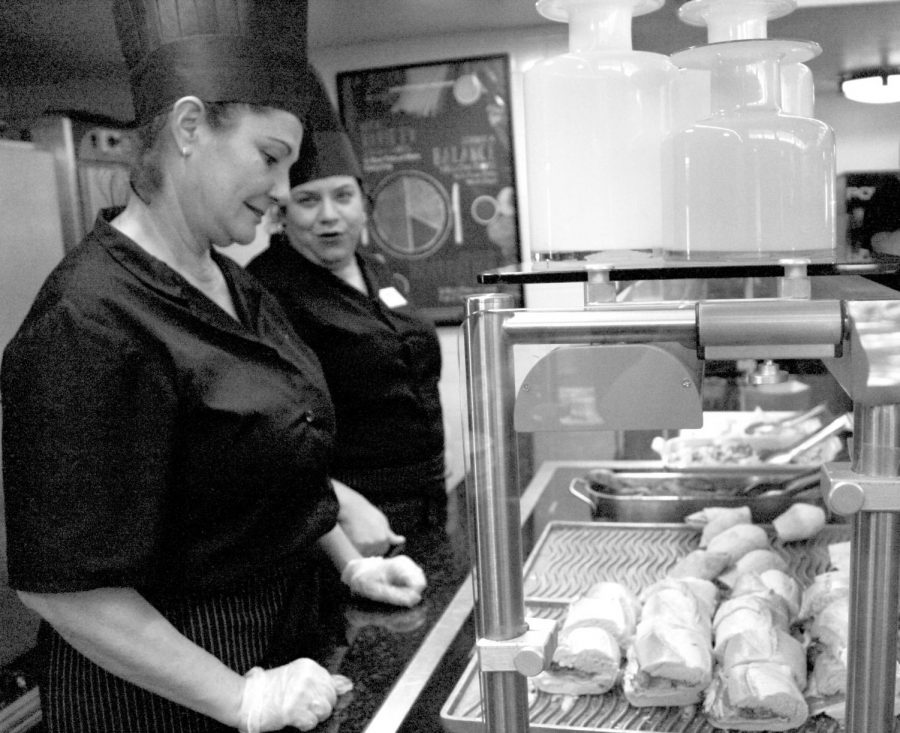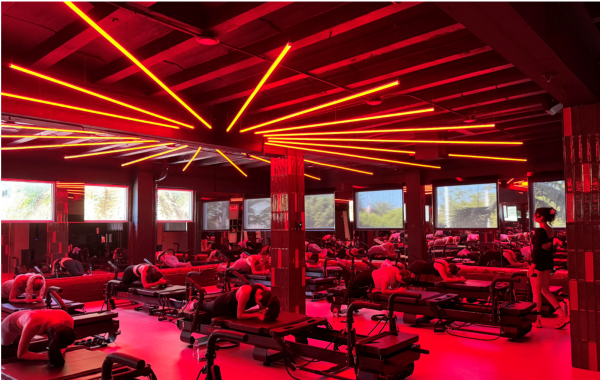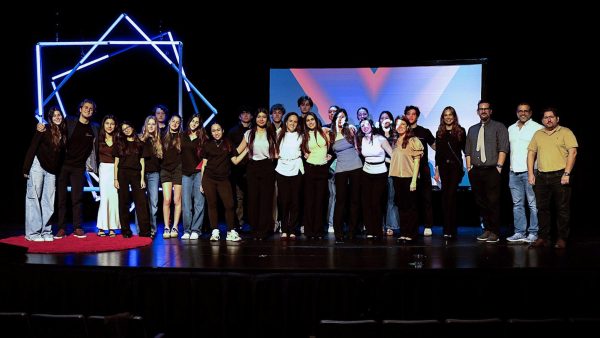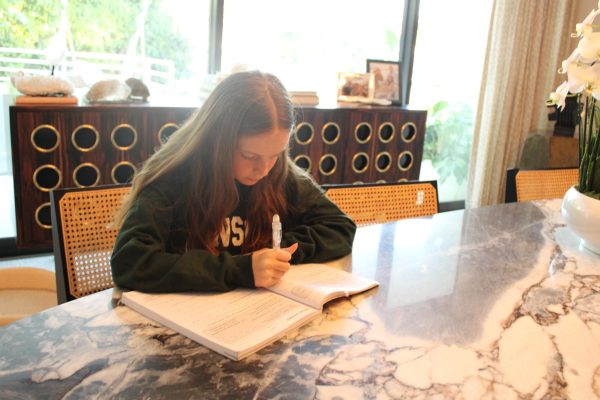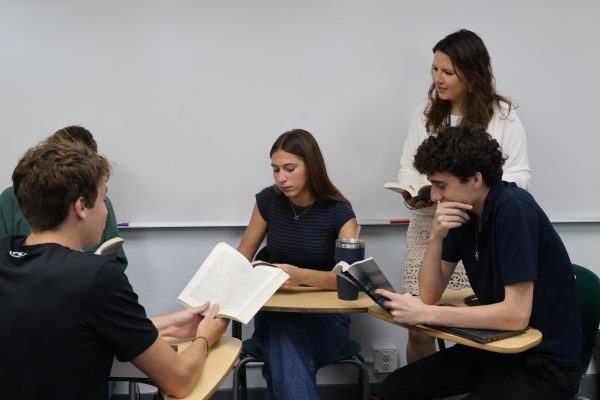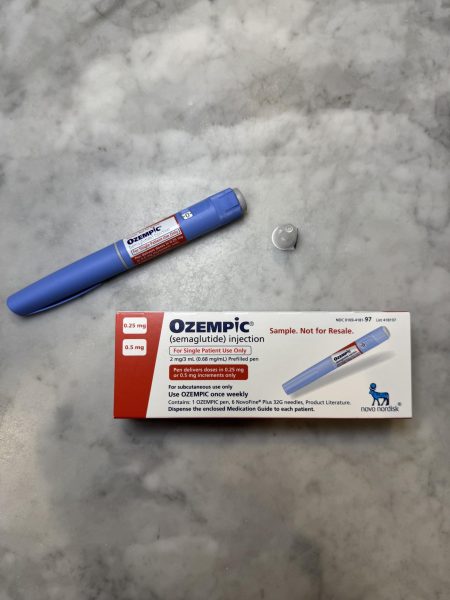Crafting a community in the kitchen
Meet the team committed to our dining experience
Yamila Cobos and Roherdy Garlobo enjoy a brief moment to chat after the lunchtime rush subsides. Both have been working in the RE dining hall for more than a decade.
“In the kitchen we have a team,” explained Yamila Cobos. “We’re always supporting each other,” added Roherdy Garlobo. Both women have worked in the dining hall for 10 years, a fact they share with pride.
Chances are, students recognize the friendly faces who refill the pasta or dispense chicken patties to hordes of hungry students each day. But there is a lot they might not know about what happens behind the scenes in the Sage kitchen on our campus.
“We have to cook for 600 people, and we’ve got seven people working inside — it’s not easy,” explained Mr. Maximo Fu Tello, who has been a chef at RE for the past three years.
Every day, the kitchen staff arrives on campus at five o’clock in the morning, and starts preparing the teachers’ much-appreciated breakfast and coffee.
“Every single thing is made here — we don’t buy anything frozen. That’s why we’re here so early,” explained Mr. Alfredo Silva, the Culinary Director.
Teams from Sage Dining Services across the country measure how much food is made from scratch with something called the “scratch factor,” and according to Mr. Silva, RE’s Sage team boasts the highest scratch factor in the region.
“Everything is made fresh,” echoed Ms. Garlobo. She and Ms. Cobos learned to cook in Cuba by watching their family members. After taking culinary courses here in the United States, both were recommended by a friend to come work at RE.
Ms. Garlobo’s face shined with pride as she talked about her two sons, one of whom is in New York preparing to join the army and defend his country. Ms. Cobos’s eldest son is working towards becoming a firefighter, while her youngest is starting middle school.
As for their favorite cafeteria dishes, both women agreed that they are particularly fond of Cuban cuisine like ropa vieja and rice and beans, although they do admit to sometimes craving the less healthy and/or American options. Ms. Garlobo and Ms. Cobos have developed a strong friendship in the decade that they have worked together and agree that everyone in the kitchen has a similar bond.
Mr. Fu Tello has been cooking for nearly 20 years. He began admiring the craft when he learned to cook at his father’s Chinese restaurant in his home country of Ecuador. His experience with Chinese cuisine shines in whatever he cooks, especially the fried rice the RE community enjoys on occasion. Along with serving the students and faculty on campus, he also has a second job at a local restaurant, the Rusty Pelican.
“All my life is just working in the kitchen,” he said, “but I love it.” He also cooks to support his five children. When asked about the tedious process of making food for the student body and faculty, he emphasized, “Everything is about your health and how you’re doing.”
As well as making all of their food from scratch, the dining staff also takes many precautions to maintain an allergen-free environment in the dining hall, including the use of recipe binders to standardize recipes and locks on the fryers to ensure there is no cross-contamination. The company also prides itself on its gluten-free and vegetarian options.
Born in Colombia, Mr. Silva began his culinary career in local pizzerias and restaurants. He then moved to the US and further developed his skills in college, after which he settled in Miami, where he got married and is now raising two children.
Mr. Silva has worked with Sage for more than 10 years, and has been with the RE staff for about half that time.
“I take the train, and I need to be here by six in the morning — the train leaves at 4:55,” he said. “But I like it here so I don’t mind.” When he arrives at school, he has a variety of tasks to do: checking emails, making sure his staff is in uniform, and whipping up special desserts like the delicious apple cobbler we all know and love.
Mr. Silva’s only request to the students is to keep the campus clean. With his staff working in the kitchen for almost 10 hours a day, with barely any breaks, “it’s tough for them to go outside and find more glasses.”
“These people work hard,” said Mr. Silva of his staff, “and they love to see the students like the food.” The best way to give the dining hall your feedback is to leave a comment card in the cafeteria. “If you don’t make comment cards, I will never know what’s going on in your head,” said Mr. Silva with a grin.


